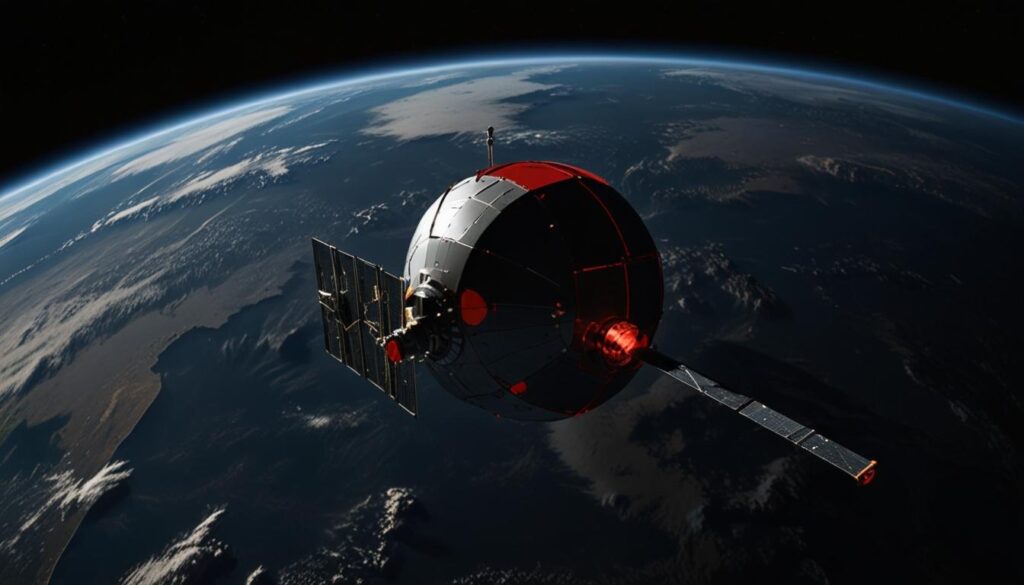Sompo partners with Momentick to enhance environmental monitoring, while Google’s greenhouse gas emissions surge due to AI growth. These cases showcase the tech-driven initiatives shaping emissions reduction efforts.
Sompo Partners with Momentick for Enhanced Environmental Monitoring
Sompo, a prominent Japanese insurance company, has partnered with Israeli startup Momentick to bolster environmental monitoring and mitigate global warming. Momentick specializes in identifying and measuring greenhouse gas emissions using satellite imagery. This collaboration aligns with the Japanese government’s focus on regulating emissions, particularly for Japanese-owned gas platforms and pipelines located outside Japan’s maritime boundaries.
The partnership reflects Japan’s heightened involvement in global carbon reduction efforts. Japanese companies, operating gas platforms and pipelines abroad, face increased regulatory oversight and potential fines from governments in territories like the US and Europe. Sompo, which operates in 30 countries and holds a market value of $21 billion, established an innovation center in Tel Aviv in 2018. This center, led by Yinon Dolev, facilitates commercial collaborations with Israeli startups and initiated the current partnership with Momentick.
Momentick’s technology, which detects methane emissions through hyperspectral analysis and satellite images, was successfully demonstrated, yielding results comparable to those of the American entity Carbon Mapper. Sompo and its subsidiary, Sompo Risk Management, will use the findings to explore technical verification, service provision, and insurance product development. Data from the GOSAT satellite and collaboration with Japanese environmental bodies will further support this initiative.
Google’s Greenhouse Gas Emissions Spike Amid AI Expansion
Google’s 2024 Environmental Report reveals a significant increase in the company’s greenhouse gas emissions, primarily due to the energy demands of data centers that power artificial intelligence (AI). In 2023, Google emitted 14.3 million metric tons of carbon dioxide, a 48% rise from 2019. The increase is attributed to higher data center energy consumption and supply chain emissions.
The report highlights the environmental impact of AI expansion, noting that training and using AI models require substantial energy. Researchers found that generating a single AI image can consume as much energy as charging a smartphone. With major tech companies investing heavily in AI, analysts predict a surge in US electricity demand that could exceed current supply within two years.
Additionally, Google’s data centers used 17% more water in 2023, amounting to 6.1 billion liters. The report acknowledges the challenge of reducing emissions amidst growing AI workloads but does not specify when or how emissions will start to decline.
Both initiatives emphasize the complex interplay between technological advancements and environmental sustainability, reflecting a broader trend of increased scrutiny and innovation in emissions monitoring and reduction.

